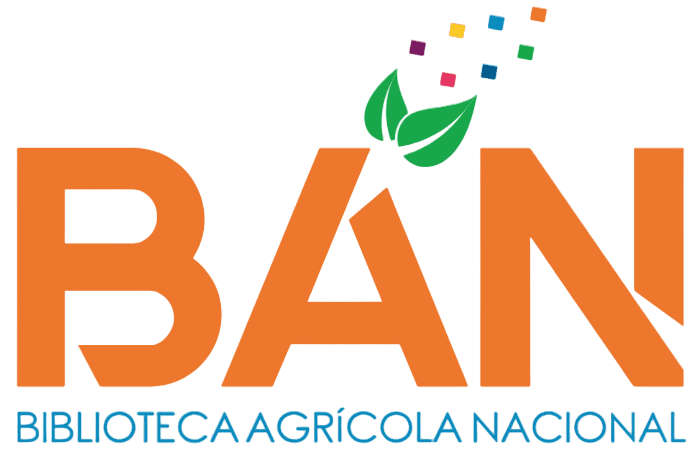Obtención de abono líquido por fermentación metanogénica y láctica de porcinaza y vegetales y su efecto en lechuga (Lactuca sativa)
Loading...
Authors
Granuelly Medina, Jose Fidel
Contact Email
Abstract
El presente trabajo de investigación tuvo como finalidad encontrar la dilución optima del abono liquido orgánico, para el cultivo de la lechuga, producido con excretas de cerdo y rastrojos vegetales, utilizando los métodos de fermentación anaeróbica y láctica. Previamente se hizo un tratamiento a los rastrojos vegetales mediante un método de óxido- reducción aerobia o compostaje, en la cual se obtuvo un pre compost, el cual se combinó con las excretas de cerdo para realizar la fermentación anaeróbica en digestor tipo Bacht. Luego de un periodo de digestión se llegó a la etapa metanogénica, se procedió a adicionar bacterias lácticas para realizar la fermentación láctica, obteniéndose el abono líquido orgánico con una buena cantidad de macro y micro nutrientes, y características fisicoquími cas muy ventajosas para la asimilación de estos por las plantas. Para las diluciones del abono líquido orgánico, se controlaron los parámetros de conductividad eléctrica y de pH, lo cual era muy importante para la absorción de nutrientes por la planta y su adecuado crecimiento. Obtenido el abono líquido orgánico se realizó 3 tipos de diluciones en agua al 1 por ciento, 1.5 por ciento y 2 por ciento, para luego utilizarlas en el cultivo de la lechuga, teniendo los mejores resultados en el crecimiento en la muestra fertilizada con agua de rieg o al 1 por ciento de abono líquido orgánico. Luego se corroboró que en las muestras regada s con abono líquido al 1 por ciento, presentaban una mayor eficiencia fisiológica (EF) y una mayor eficiencia en la utilización del nitrógeno (EUN).
The purpose of this research work was to find the optimal dilution of organic liquid fertilizer for the cultivation of lettuce, produced with pig excreta and vegetable stubble, using anaerobic and lactic fermentation methods. Previously, the plant stubble was treated using an aerobic oxidation-reduction methods or composting, in which a pre-compost was obtained, which was combined with pig excreta to carry out anaerobic fermentation in a Bacht-type digester. After a period of digestion, the methanogenic stage was reached, lactic bacteria were added to carry out lactic fermentation, obtaining organic liquid fertilizer with a good amount of macro and micro nutrients, and very advantageous physicochemical characteristics for the assimilation of these for the plants. For the dilutions of the organic liquid fertilizer, the electrical conductivity and pH parameters are controlled, which was very important for the absorption of nutrients by the plant and its proper growth. Once the organic liquid fertilizer was obtained, 3 types of dilutions in water were made at 1 percent, 1.5 percent and 2 percent, to then be used in the cultivation of lettuce, having the best results in growth in the sample fertilized with irrigation water. 1 percent organic liquid fertilizer. Then it was confirmed that in the samples irrigated with 1 percent liquid fertilizer, they had a greater physiological efficiency (EF) and a greater efficiency in the use of nitrogen (EUN).
The purpose of this research work was to find the optimal dilution of organic liquid fertilizer for the cultivation of lettuce, produced with pig excreta and vegetable stubble, using anaerobic and lactic fermentation methods. Previously, the plant stubble was treated using an aerobic oxidation-reduction methods or composting, in which a pre-compost was obtained, which was combined with pig excreta to carry out anaerobic fermentation in a Bacht-type digester. After a period of digestion, the methanogenic stage was reached, lactic bacteria were added to carry out lactic fermentation, obtaining organic liquid fertilizer with a good amount of macro and micro nutrients, and very advantageous physicochemical characteristics for the assimilation of these for the plants. For the dilutions of the organic liquid fertilizer, the electrical conductivity and pH parameters are controlled, which was very important for the absorption of nutrients by the plant and its proper growth. Once the organic liquid fertilizer was obtained, 3 types of dilutions in water were made at 1 percent, 1.5 percent and 2 percent, to then be used in the cultivation of lettuce, having the best results in growth in the sample fertilized with irrigation water. 1 percent organic liquid fertilizer. Then it was confirmed that in the samples irrigated with 1 percent liquid fertilizer, they had a greater physiological efficiency (EF) and a greater efficiency in the use of nitrogen (EUN).
Description
Universidad Nacional Agraria La Molina. Escuela de Posgrado. Maestría en
Ciencias Ambientales
Keywords
Pre compost
Citation
Date
2025
Collections
Seleccionar año de consulta:

Excepto si se señala otra cosa, la licencia del ítem se describe como info:eu-repo/semantics/openAccess

